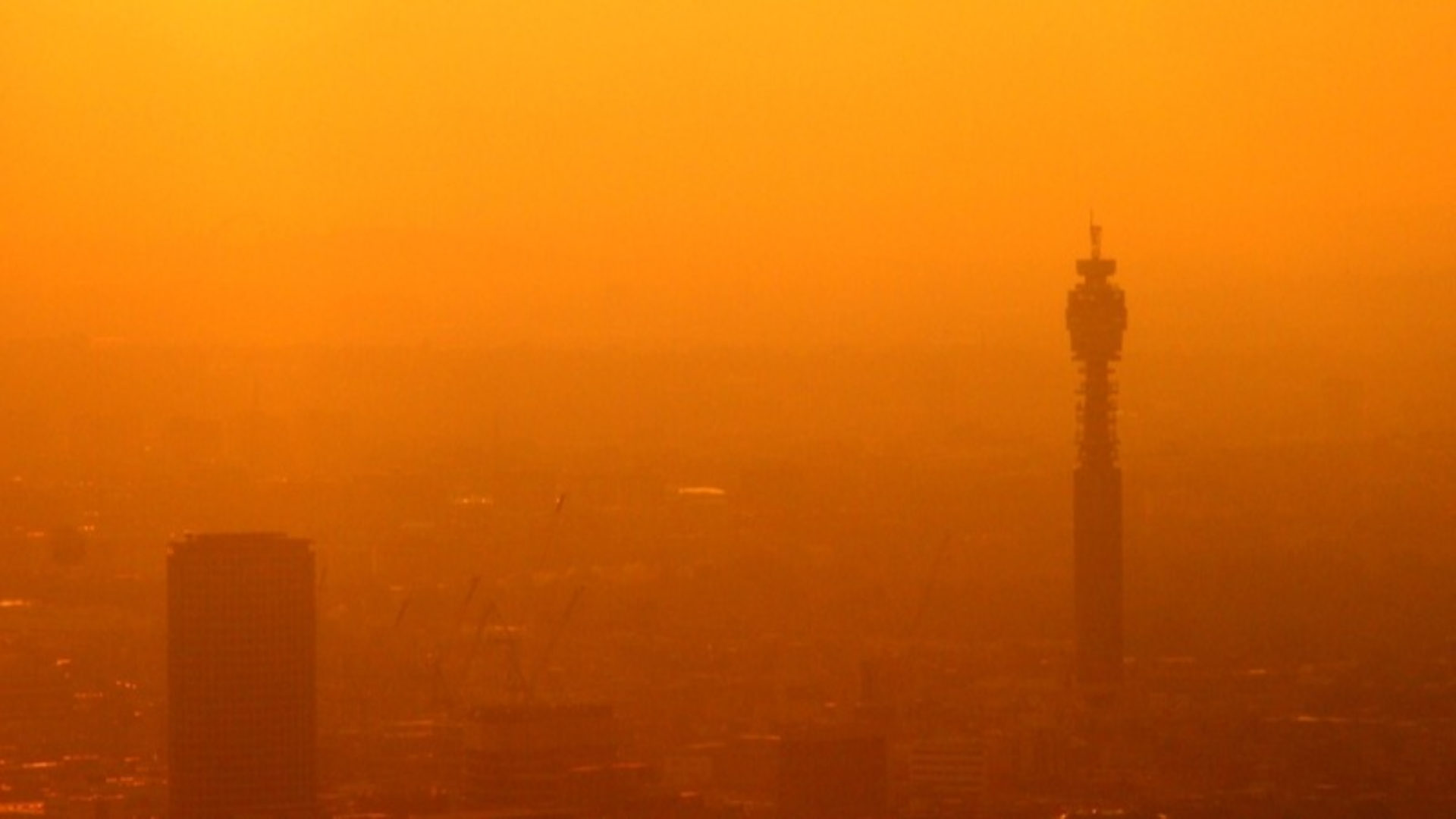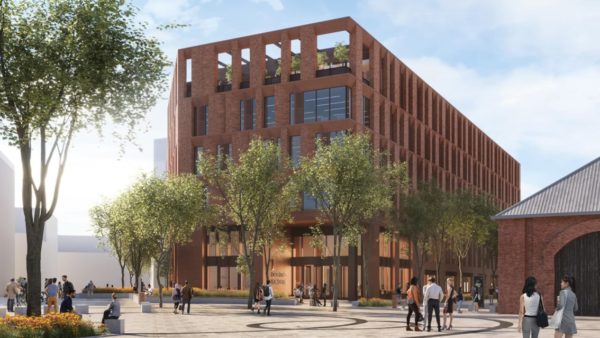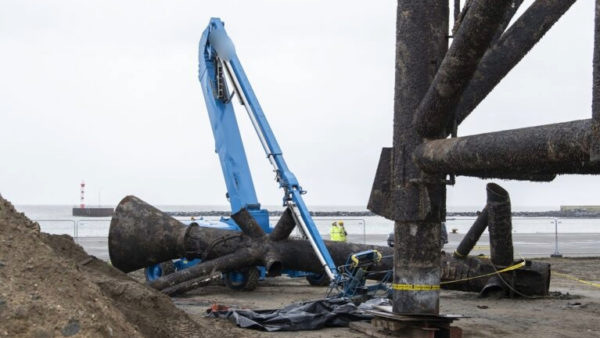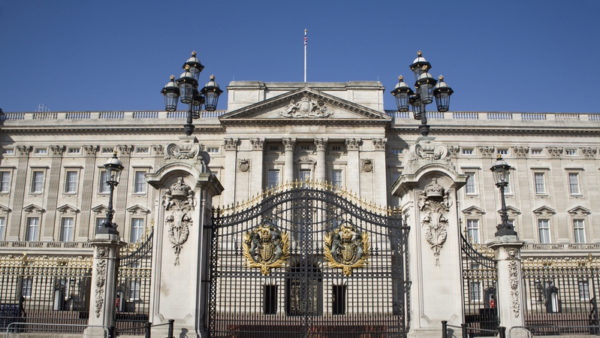
Arup and the mayor of London have published new research highlighting the benefits of retrofitting roofs with solar or reflective panels to make London more resilient to increasing temperatures.
The Roofs Designed to Cool report explains how retrofitting existing buildings with simple adaptations at scale could lower temperatures inside and outside buildings.
Its purpose is to establish the evidence base for installing cool roofs on existing buildings across the capital by applying a holistic approach that considers the context, barriers and opportunities of the programme.
The city-wide programme aims to retrofit schools, homes and businesses with reflective and solar photovoltaic (PV) roofs. The report claims this could improve Londoners’ health and wellbeing and reduce greenhouse gas emissions from air conditioning.
The document claims that retrofitting could bring additional benefits, including upskilling the capital’s workforce by creating apprenticeship opportunities and tackling inequalities by targeting deprived areas of the city worst affected by heat exposure.
Because a reflective roofs programme does not exist in the UK, the research on this area was based on international case studies and lessons learned from similar examples in other cities. Case studies of UK-based solar PVs were also considered.
Compelling case for retrofitting roofs
Arup director, Becci Taylor, said: “There is a compelling case to urgently retrofit existing buildings at scale to reduce inequalities and the risks caused by climate change and rising temperature in our city. This ground-breaking, action-focused report makes it clear how buildings of all types and sizes can be ‘future-proofed’, in order to play a role in tackling this important issue.”
Global climate change means that by 2050 average temperatures in London are predicted to increase 1.2 deg C in winter and 2.6 deg C in summer, compared with the period 1981-2010. These changes are made worse by the urban heat island effect, which causes cities to become hotter than surrounding rural areas.
During 2022, there were an estimated 387 all-cause excess deaths in London associated with heat. In July 2022, a national Level 4 Heatwave Alert was triggered for the first time in England, with an extreme heat warning put in place for all of England and Wales, and parts of Scotland, for at least two days.
Comments
Comments are closed.










Additionally the solar panels, and the energy generated, must be owned by us, the British people (or the people of London). This will only happen, and at the speed required, if the government pays for it so, doubly, this means we should own it. We will only get cheap low carbon energy if it is publicly owned: international investors want international rates of return based on international energy prices; and they want us to guarantee these returns.